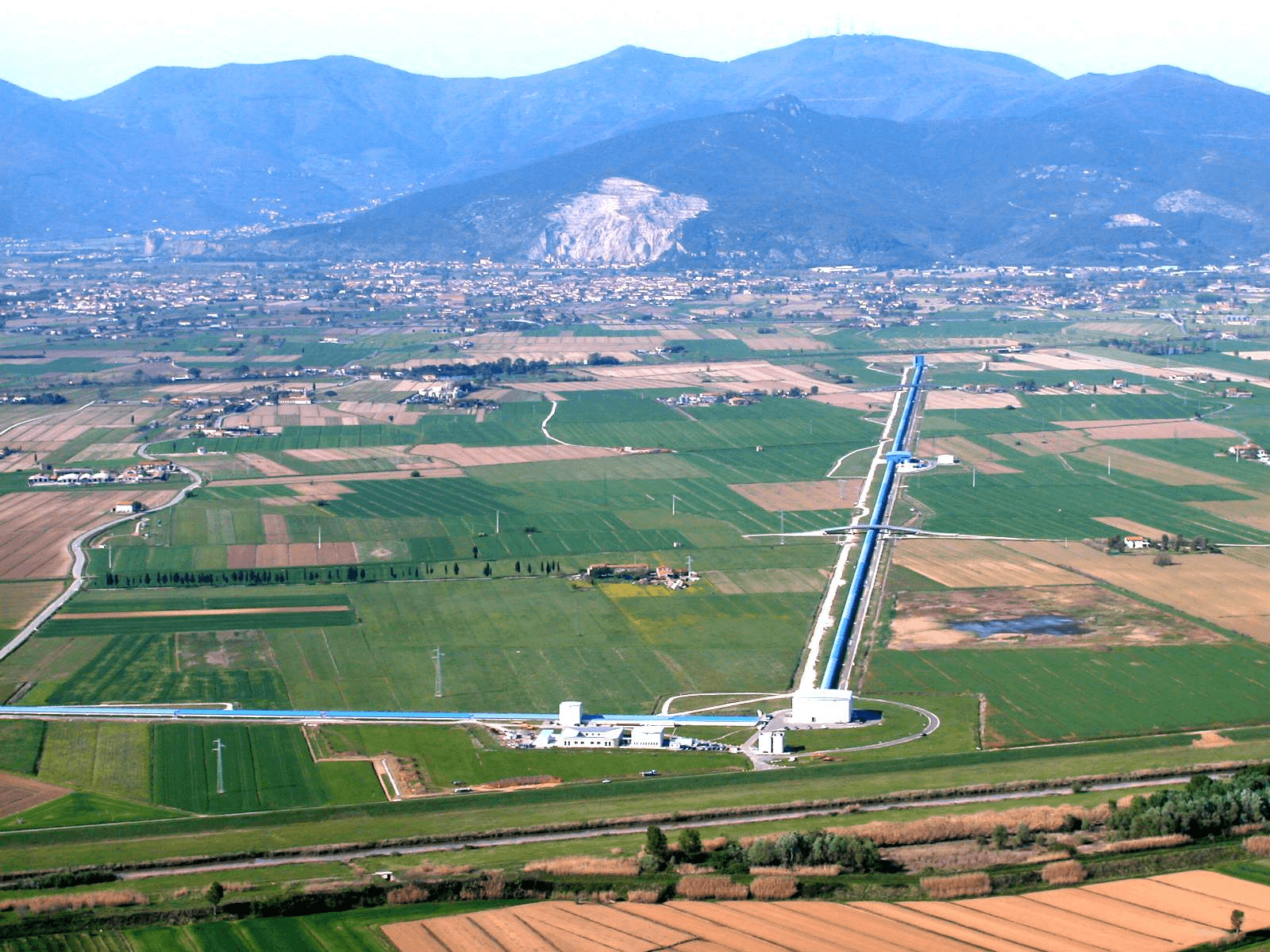It’s the end of day two of the “Frontiers in Contemporary Physics” conference here at Vanderbilt University in Nashville, TN. The days are divided into two large subsections: plenary talks, from 8:30 in the morning until 3:30-4:30 in the afternoon, followed by 1-1.5 hours of parallel sessions on a variety of topics (QCD, Electroweak physics, neutrinos, cosmology, etc.). So far, we’ve had major overviews of the big questions facing astrophysics and cosmology (dark matter, dark energy, big bang nucleosynthesis) and neutrino physics (mixing angles, absolute neutrino masses, the fundamental nature of the neutrino field).
Let me browse through my notes and give the highlights!
* What is the nature of “dark energy”? Given that this force, which acts opposite gravity, accounts for 70% of the makeup of the universe, what is its nature? One question that can be answered by experiment in the coming decade is “At what magnitude does the energy density of the dark energy enter into the acceleration of the universe?”. Will dark energy one day overpower gravity at the level of stars and planets, thus tearing apart the large-scale structure of the universe in a “big rip”?
* What is the nature of “dark matter”? We know that it definitely interacts gravitationally, since we observe it using this force (galactic rotation curves, gravitational lensing of distant galaxies by galaxies between them and us, the anisotropy of the microwave background radation). To “get rid” of enough dark matter in the early universe and obtain the matter we see today (baryons and leptons), dark matter needs to interact with baryonic matter at levels greater than those provided by gravity. The scale of this interaction coincides with the Weak interaction, suggesting that the weak force connects dark matter to baryonic matter. Can we detect dark matter using this observation?
* What is the nature of inflation? Can inflation be explained by the action of a scalar field that, early on, influenced the expansion of the universe and thus allowed causally disconnected regions of the universe to be homogeneous? What is the energy scale associated with inflation (weak, Planck, GUT, string)? This will tell us when inflation ended. We should be able to observe the imprint of inflation on the cosmic microwave background, in the form of polarization oscillations imprinted by quadrupole gravitational interactions. This is a tough, precision measurement.
John Feng put a lot of this stuff in perspective when he likened our current knowledge of the universe to the knowledge Eratosthenes had of the Earth in 200BC. He conducted a very clever experiment, using the length of shadows in different locations on Earth at the same time of day to estimate the size of the Earth, assuming it was round. He was right to about 10% of the true value, though at the time he knew the most about the nature of the Earth when compared to his contemporaries. But knowing that the Earth is round is only a step to understanding the Earth, and it was a long time before we learned its features and dynamics. One can see this period as one similar to that of Eratosthenes.
More details:
* Big bang nucleosynthesis (BBN) uses information about baryon abundances after the big bang, and the cooling and expansion rate of the universe, to predict relative abundances of light atoms in the early universe. BBN occurred within the first 20 minutes of the beginning of the universe, and left its indelible imprint on today’s universe (hydrogen, deuterium, helium, lithium, and other atomic abundances in the universe). What is astounding is that abunances determined using observations of ancient cosmic objects (i.e. quasi-stellar objects, or QSOs) and information about such abundances as determined from the cosmic microwave background (CMB) agree astoundingly well. Considering that the physics of BBN occurs within 20 minutes of the big bang, while the CMB was created 400,000 years after the big bang, the agreement in evidence from both is remarkable. Despite this, the fact remains that lithium and deuterium abundances calculated using standard BBN mathematics are overpredicted compared to the numbers from data observations. What is the cause of this discrepancy?
* There are many big questions in neutrino physics. Here are a few, as highlighted by Boris Kayser. How many neutrinos are there? What are the masses of the individual mass eigenstates of the neutrino? Are neutrinos their own antiparticles (Majorana), or are the anti-neutrinos a separate class of particles with their own properties (Dirac)? Do neutrino interactions violate CP symmetry, as the corresponding quark sector does? Is the mixing between the second and third neutrino mass eigenstate truly maximal?
It’s been very exciting, and I’ll give more reports as the days go by. What I find remarkable is the level of agreement that so many observations yield. For instance, supernova redshifts and CMB structure both require that the universe be accelerating in its growth, yet these are totally unrelated phenomena. The gravitational lensing of distant galaxies, the rotation speeds of stars on the outer extents of galaxies, and CMB structure all demand a large dark matter component to the universe, yet these are all remarkably different phenomena. The universe is putting up more signs, and we need to find the pattern. The theories we have now are remarkably incomplete in the wake of this, and it’s clear that our explorations of the universe will only begin to shed light on the principles of nature yet hidden from our sight.



